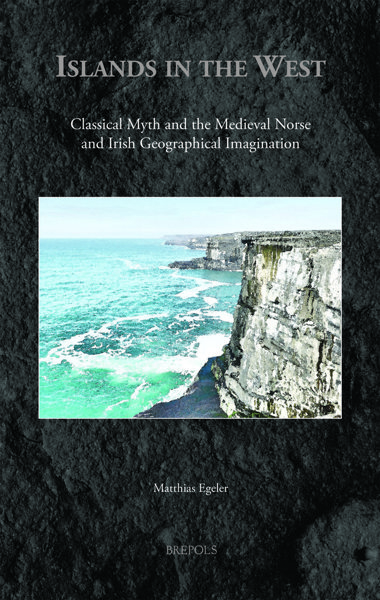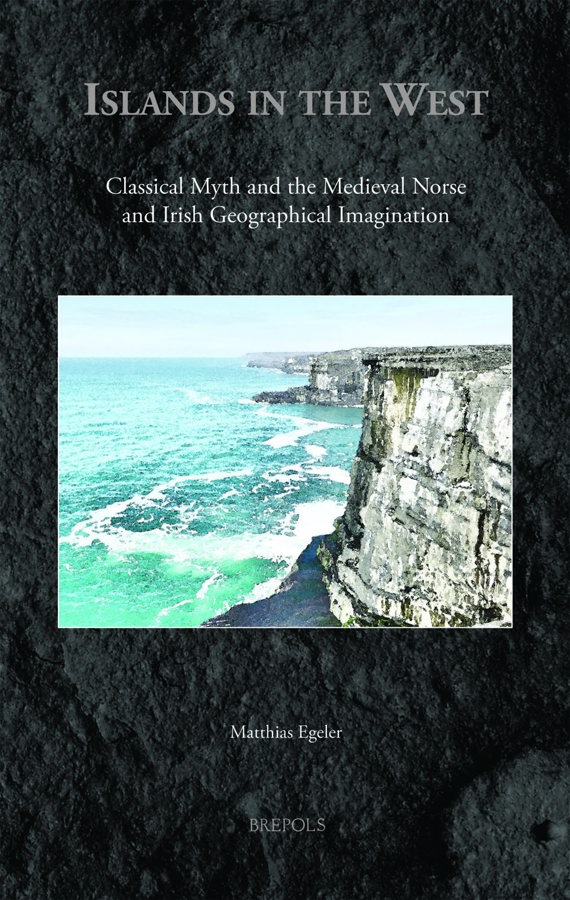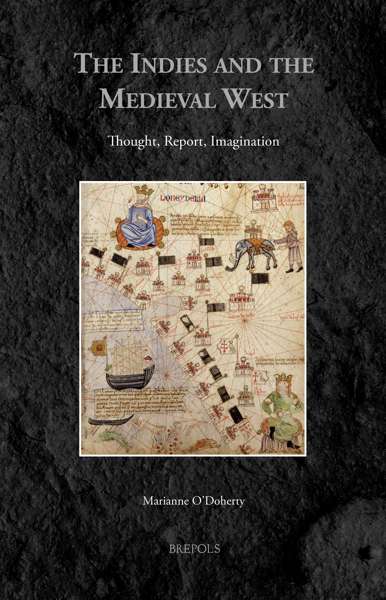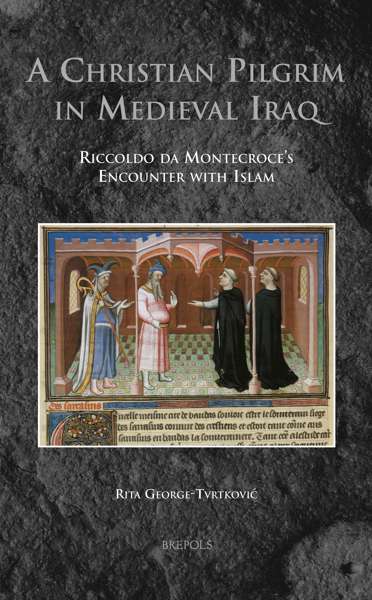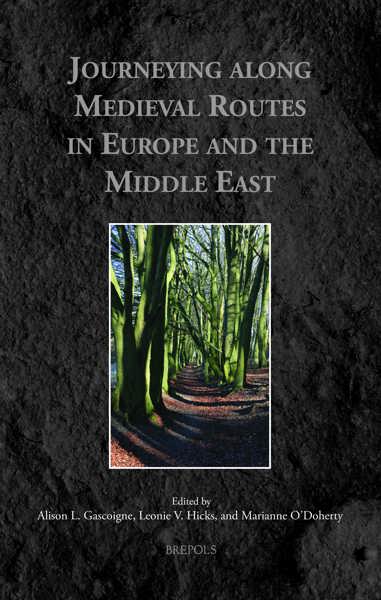
Islands in the West
Classical Myth and the Medieval Norse and Irish Geographical Imagination
Matthias Egeler
- Pages: 357 p.
- Size:156 x 234 mm
- Illustrations:33 b/w, 4 tables b/w.
- Language(s):English
- Publication Year:2017
- € 110,00 EXCL. VAT RETAIL PRICE
- ISBN: 978-2-503-56938-3
- Hardback
- Available
- € 110,00 EXCL. VAT RETAIL PRICE
- ISBN: 978-2-503-56939-0
- E-book
- Available
Traces the history of one of the most prominent types of geographical myths of the North-West Atlantic Ocean: otherworlds of blessedness and immortality
« Islands in the West est sans aucun doute un livre important dans le domaine de la mythologie comparée et des études scandinaves, notamment pour ses réflexions sur les transferts religieux et son étude de l’inscription de lieux mythologiques dans des espaces réels. » (Virgile Reiter, dans Cahiers de Civilisation Médiévale, 61/242, 2018, p. 177)
“(…) this is a useful and wide-ranging study, and one which other scholars will have to take into account; the bibliography alone is well worth having to hand. Medievalists and classicists working on voyage narratives, the circulation of literary tropes, inter-cultural religious contact, and otherworldly locations across the sea will all find much of value here.” (Kristen Mills, in Saga-Book, XLII, 2018, p. 189)
“(...) Matthias Egeler’s careful and balanced investigation into the many different elements that may have contributed to the medieval Scandinavian belief in the existence of ‘Islands in the West’ is highly welcome.” (Bernhard Maier, in Early Medieval Europe, 27/3, 2019, p. 450)
“An expert philologist, Egeler is a clear and astute guide in unravelling many a puzzle: he writes extremely well, and his knowledge of languages is sound and admirable, with the scope of his learning extending to archaeology and the history of geography and spatial concepts. The details of his exposition are too intricate to relay in a review, and readers will simply have to immerse themselves in the unfolding of the chapters to appreciate the author’s hermeneutical sagacity about mythical adaptations.” (Garry Trompf, in Numen, 68, 2021, p. 419)
“(…) will be of interest to researchers of comparative literatures and religions, as well as to those working on the individual religious regions and their (literary) cultures.” (Marion Löffler, in Cambrian Medieval Celtic Studies, 81, 2021, p. 125)
This monograph traces the history of one of the most prominent types of geographical myths of the North-West Atlantic Ocean: transmarine otherworlds of blessedness and immortality. Taking the mythologization of the Viking Age discovery of North America in the earliest extant account of Vínland (‘Wine-Land’) and the Norse transmarine otherworlds of Hvítramannaland (‘The Land of White Men’) and the Ódáinsakr/Glæsisvellir (‘Field of the Not-Dead’/‘Shining Fields’) as its starting point, the book explores the historical entanglements of these imaginative places in a wider European context. It follows how these Norse otherworld myths adopt, adapt, and transform concepts from early Irish vernacular tradition and Medieval Latin geographical literature, and pursues their connection to the geographical mythology of classical antiquity. In doing so, it shows how myths as far distant in time and space as Homer’s Elysian Plain and the transmarine otherworlds of the Norse are connected by a continuous history of creative processes of adaptation and reinterpretation. Furthermore, viewing this material as a whole, the question arises as to whether the Norse mythologization of the North Atlantic might not only have accompanied the Norse westward expansion that led to the discovery of North America, but might even have been among the factors that induced it.
Acknowledgements
Introduction
Chapter 1: North-Western Europe: Scandinavia, Ireland, and the Land of the Living
Chapter 2: The Classical Mediterranean: Rome, Greece, and the Islands of the Blessed
Chapter 3: Eastern Roots?
Chapter 4: Continuity, Interaction – and Westward Expansion?
Appendix: Beyond History
Bibliography
Index
